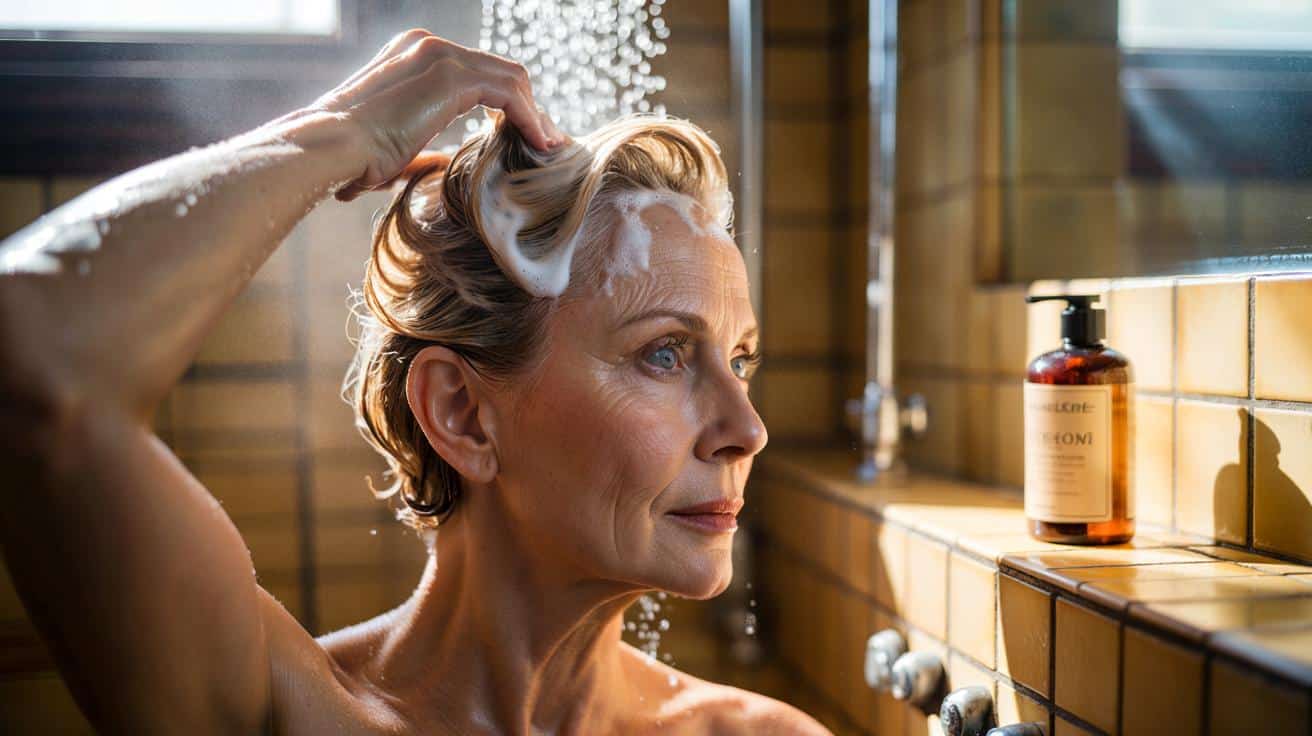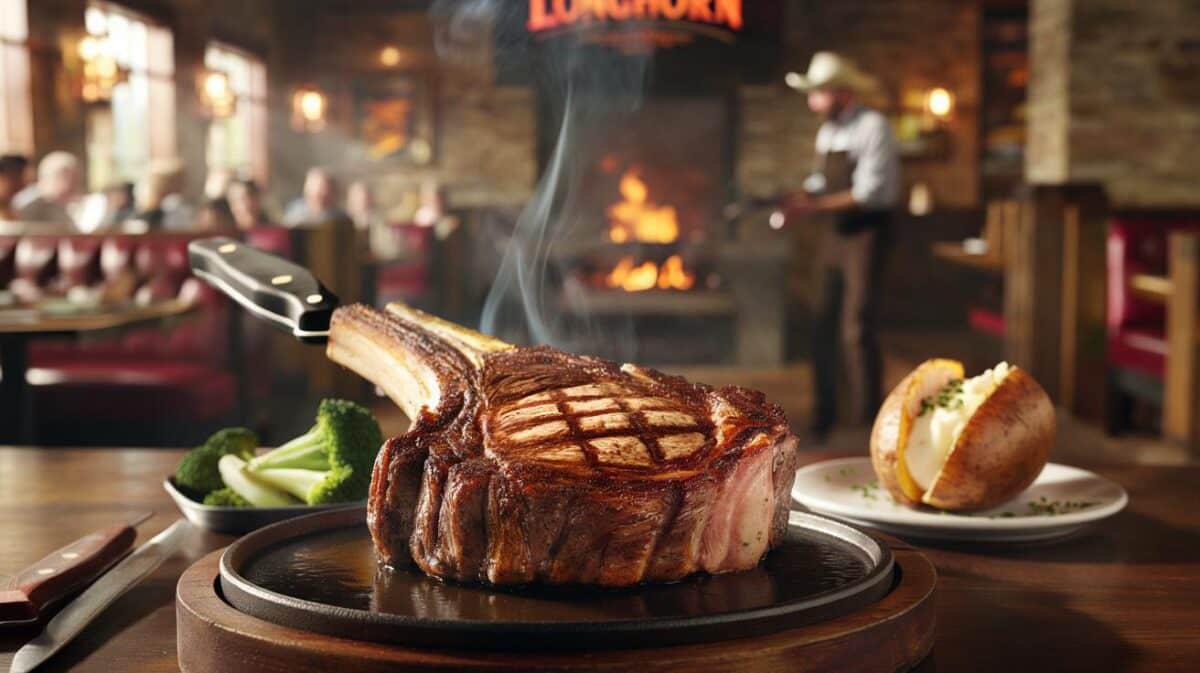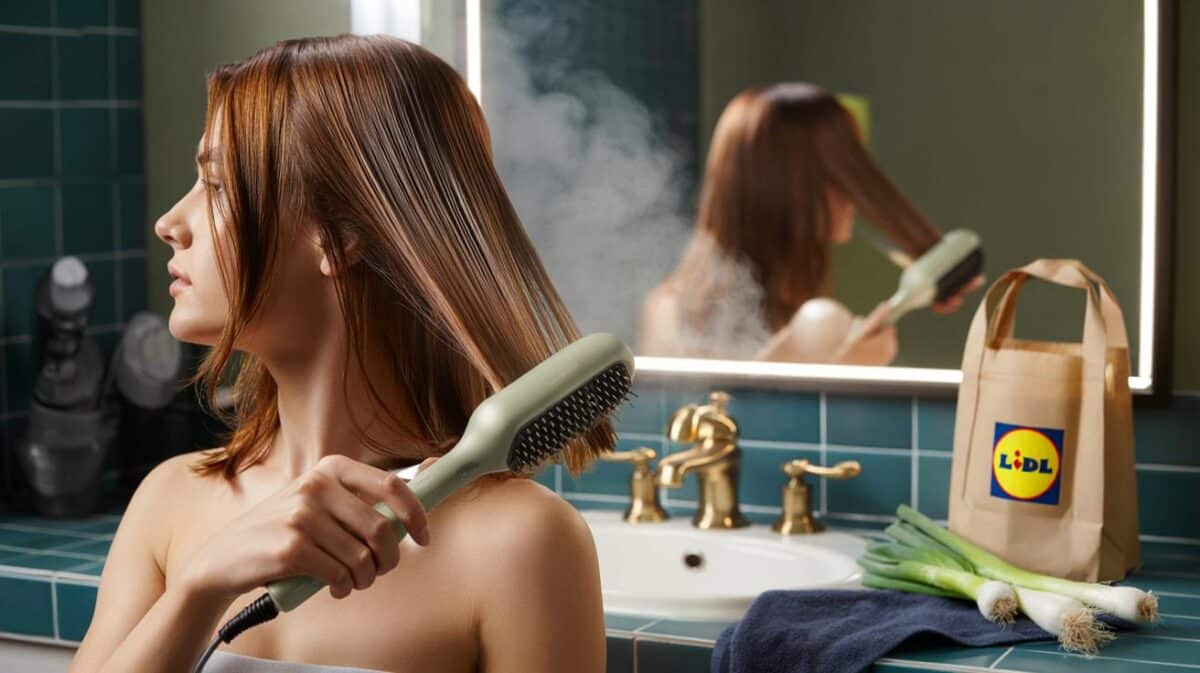For anyone staring at the shower drain, counting strands, this lands like a small flare in the fog. Hair loss after illness sits in a quiet corner of recovery, rarely addressed, often minimised. A bottle and a ritual might not be a cure, yet they can be a start. That’s the story that caught fire.
The lights were soft, the mood conversational, and Sharon kept instinctively tucking a stray wave behind her ear as if testing its strength. She talked about the long road back from her stroke, the way her body had to relearn basic things, and then the intimate, unglamorous battle happening at her scalp. She said a strengthening shampoo became part of her comeback, something small with daily meaning. The room leaned in. It wasn’t the serum you think.
When a comeback begins in the shower
Sharon Stone’s stroke in her forties rewrote the script of a life built under bright lights and sharp lenses, and at 67 she’s describing the quiet rebuild in detail that feels raw and oddly hopeful. Hair is memory; it’s identity, habit, camera-ready shorthand. When it thins or sheds after illness, it can feel like a second loss, slow and personal. Her admission about a simple shampoo doesn’t promise miracles, yet it gives shape to something we recognise: control in the small things. That’s what makes it stick.
A London stylist told me she sees it every week: clients post-illness, post-shock, post-surgery, trying to coax confidence strand by strand. One woman started a scalp‑care ritual after chemotherapy, not to “fix” everything but to reclaim mornings, and her partner noticed she stood taller at breakfast within a fortnight. We’ve all had that moment when the mirror feels like a stranger and we reach for a routine just to feel human again. A bottle on a tiled shelf can be a tiny lighthouse.
There’s logic to Sharon’s experience. After a major health event, stress hormones spike, sleep breaks, medication shifts your biochemistry, and hair can enter a shedding phase months later. A gentle, targeted shampoo won’t rewrite genetics or override medical reality; it can nudge the environment. Think of it as landscaping for follicles: clearing buildup, dialling down irritation, optimising circulation with a slow, firm massage. Formulas with caffeine, peptides, panthenol, and light acids can help create the right conditions, while the ritual itself steadies the nervous system. That combination matters more than any miracle claim.
The method, not the miracle
Here’s a simple routine close to what Sharon described and hair pros quietly teach. Pick a strengthening shampoo with caffeine or peptides, nothing harsh, and decant a five‑pence‑size pool into your palm, then emulsify with water until it turns creamy. Work it into the scalp, not the lengths, and massage with the flats of your fingers for three slow minutes, section by section, like you’re polishing a record. Rinse cool, press with a microfibre towel, and finish with a light, non‑occlusive conditioner on mid‑lengths only. Two or three washes a week is plenty. *Your scalp prefers rhythm to drama.*
Common snags creep in. People scrub with nails, scorch with hot water, or chase the gloss with heavy silicones that compress at the root and make hair look limp by day three. Skip the aggressive brushing on wet hair; use a wide‑tooth comb and think in gentle arcs. Let’s be honest: nobody does every step perfectly, every time, and that’s fine—consistency beats perfection. If you colour, space out appointments, lower developer strength, and talk with your stylist about breakage at the crown, where thinning shouts loudest. A calm scalp is the best foundation you can give yourself.
Recovery rides on rituals that don’t shout. A good shampoo becomes a metronome for patience, a reason to show up for yourself when progress is quiet and slow. Your hair won’t sprint; it will edge forward if you give it space, nutrients, and time.
Recovery is rarely dramatic; it’s mostly repetition and faith dressed up as routine.
- Look for caffeine, peptides, niacinamide, panthenol, gentle acids (like PHA) in a wash that doesn’t sting.
- Keep water warm, not hot; massage with pads of fingers, not nails; rinse cooler to finish.
- Pair the wash with protein-light conditioner if hair is fine; add a weekly scalp tonic, not a heavy oil.
- Eat protein across the day, not just at dinner; hair is a 24‑hour construction site.
- Photograph your parting monthly under the same light; progress hides in plain sight.
Why this story resonates beyond one bottle
Sharon Stone’s line about a shampoo reads like a wink at the industry, yet it also speaks to something deeper: the longing to be an active participant in your own recovery. Hair is strangely democratic—it grows at about a centimetre a month whoever you are, and it responds best to steady input, not grand gestures. That’s why her confession feels tender and useful at once. A shampoo isn’t a prescription; it’s a permission slip. It says you’re allowed to start small, to move the dial with things you can hold, to see if routine plus time can help your scalp remember its old rhythm. And if it does, even a little, you tell your friends, because hope loves company.
| Point clé | Détail | Intérêt pour le lecteur |
|---|---|---|
| Routine over miracle | Three‑minute scalp massage with a mild, active shampoo two to three times a week | Actionable steps that fit real life and build momentum |
| Formulas that support | Caffeine, peptides, niacinamide, panthenol, and gentle acids to clear buildup and comfort the scalp | Know what to look for on labels without getting lost in jargon |
| Recovery mindset | Track monthly in the same light; pair hair care with sleep, protein, and calmer colouring | Simple tracking shows progress and keeps motivation alive |
FAQ :
- Did Sharon Stone name the exact shampoo?She highlighted a strengthening, salon‑grade style of shampoo that prioritises scalp health and gentle cleansing, rather than naming a single miracle bottle. The takeaway is the method and the ingredients, not celebrity packaging.
- Can a shampoo really regrow hair after a stroke?A shampoo can’t change genetics or medical drivers, yet it can improve the scalp environment, reduce breakage, and support the hair you have while your body stabilises. Many people notice fuller‑looking hair with consistent care and time.
- How long until I see any difference?Give it 8–12 weeks. New growth is slow and first shows up as soft “baby hairs” along the hairline or parting. Photograph monthly in the same light to spot small wins you might otherwise miss.
- Which ingredients should I look for?Caffeine and peptides for stimulation and signal support, niacinamide and panthenol for barrier comfort and moisture, and light acids like PHA to lift residue without stripping. Avoid harsh sulphates if your scalp gets tight or squeaky.
- Is this safe with medication or sensitive scalps?Gentle, fragrance‑light formulas are usually the calmest choice. If you’re on new medication or have a reactive scalp, start slowly, patch‑test behind the ear, and speak with your GP or pharmacist if irritation appears.









I love how she frames it as control in the small things—after my surgery, a simple routine was the only thing I could manage. I don’t beleive in miracle bottles, but rhythm and patience? That I can do. Thanks for making this feel human.
So… no brand name, just “a strengthening shampoo”? Feels a bit vague—what’s the point if we cant compare labels or know the formula? Whats the point without specifics beyond caffeine/peptides?